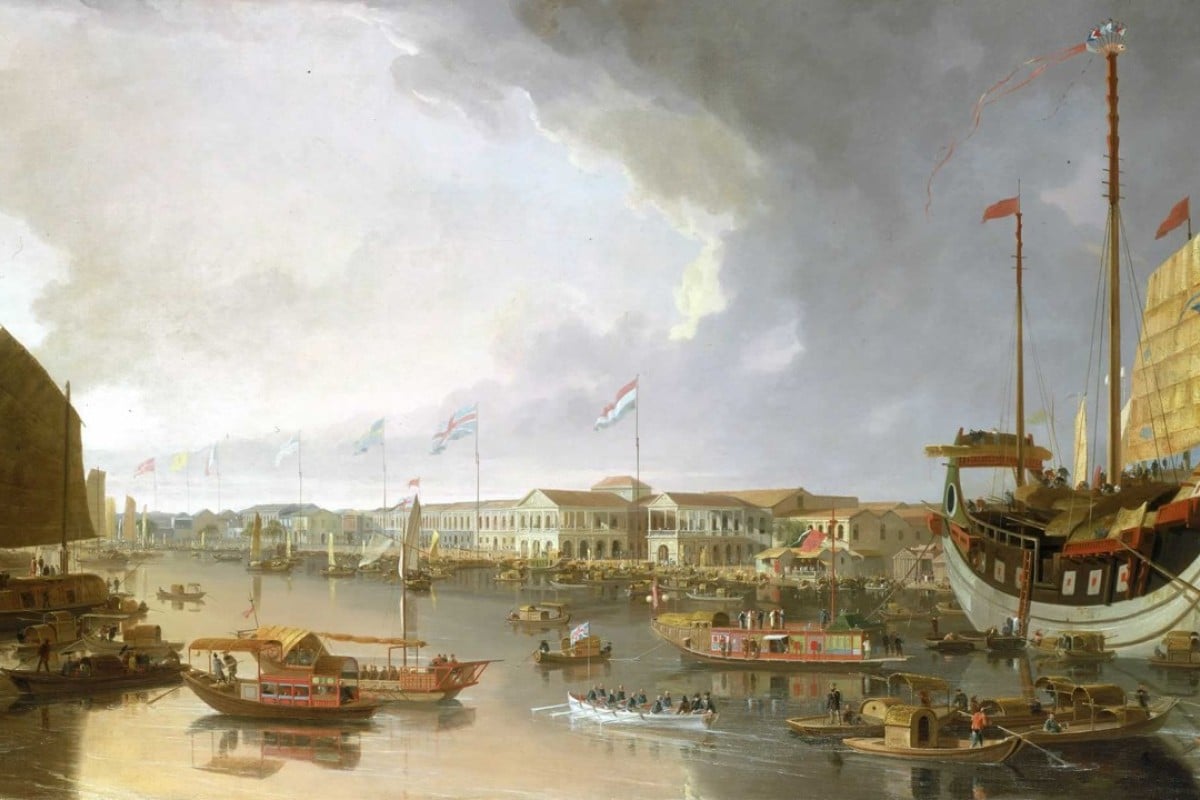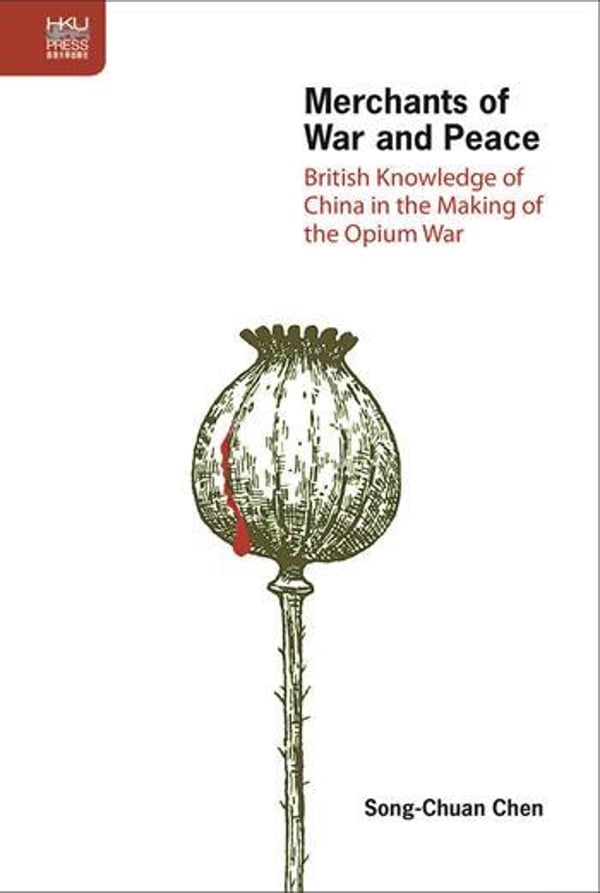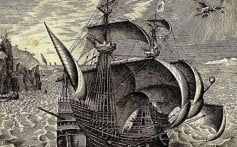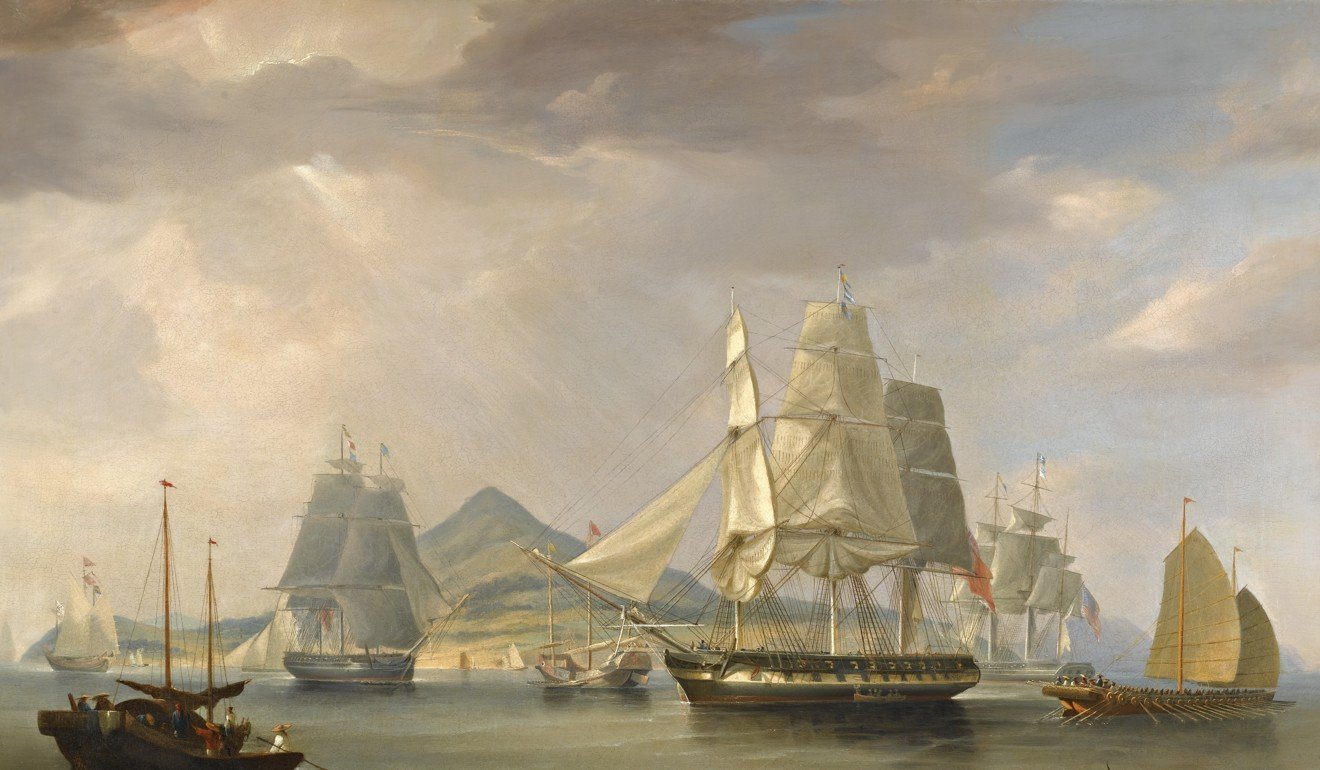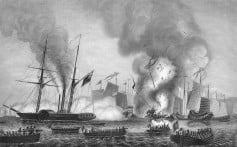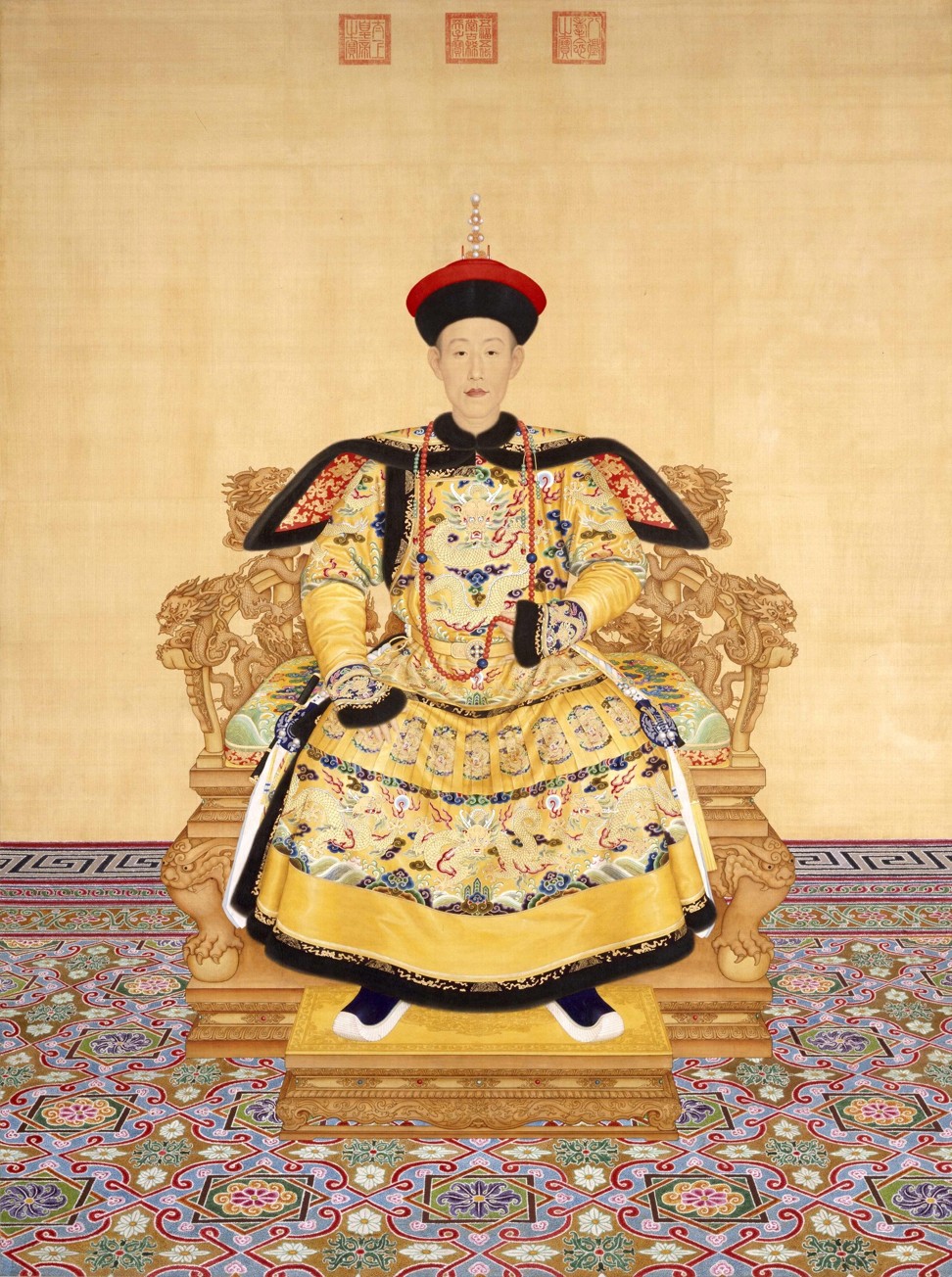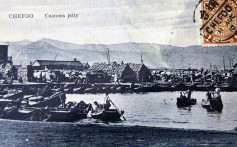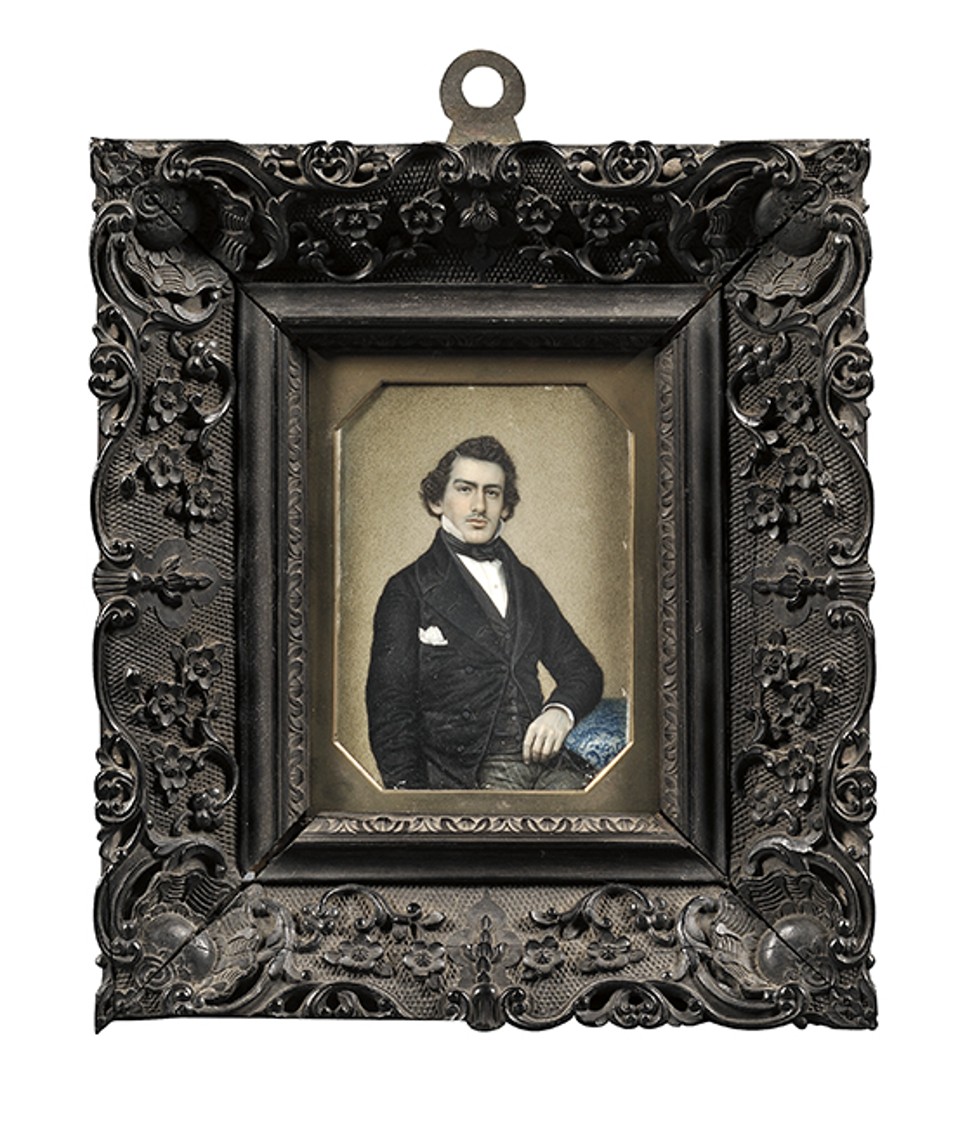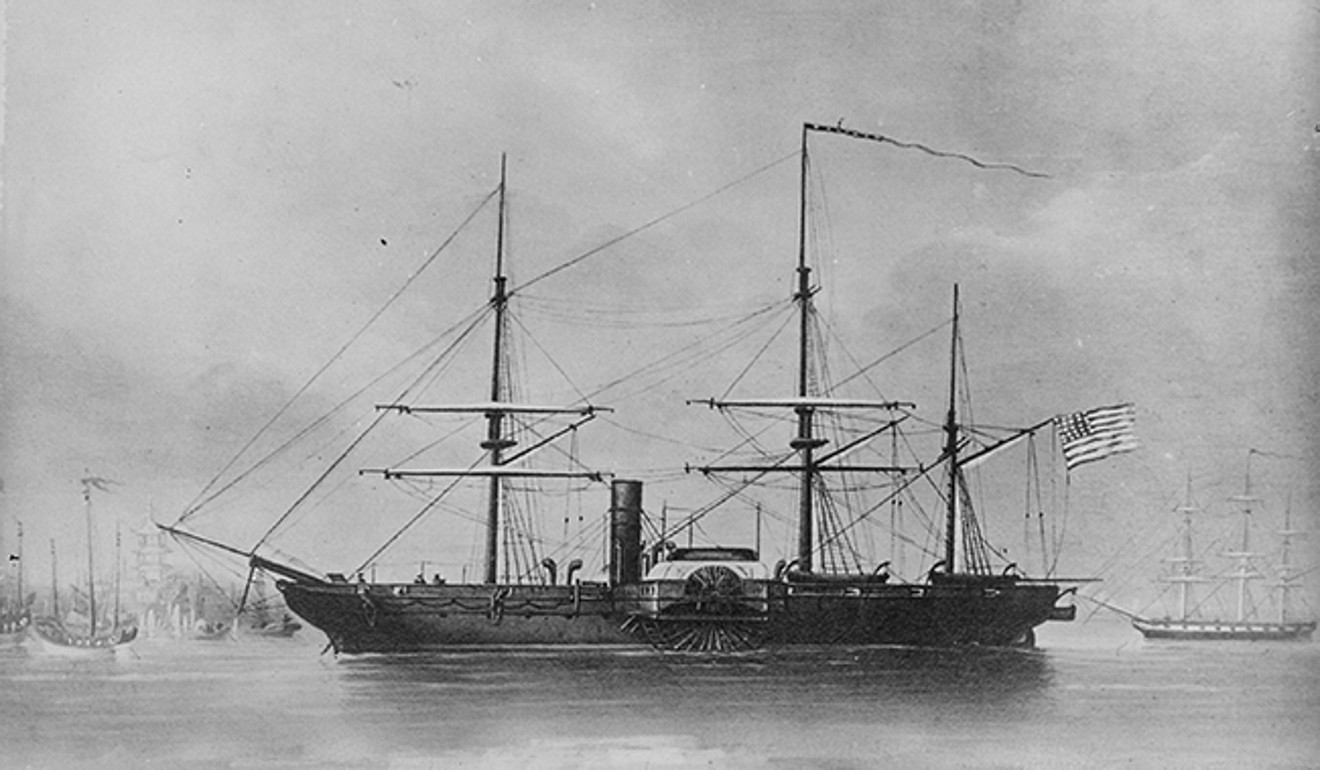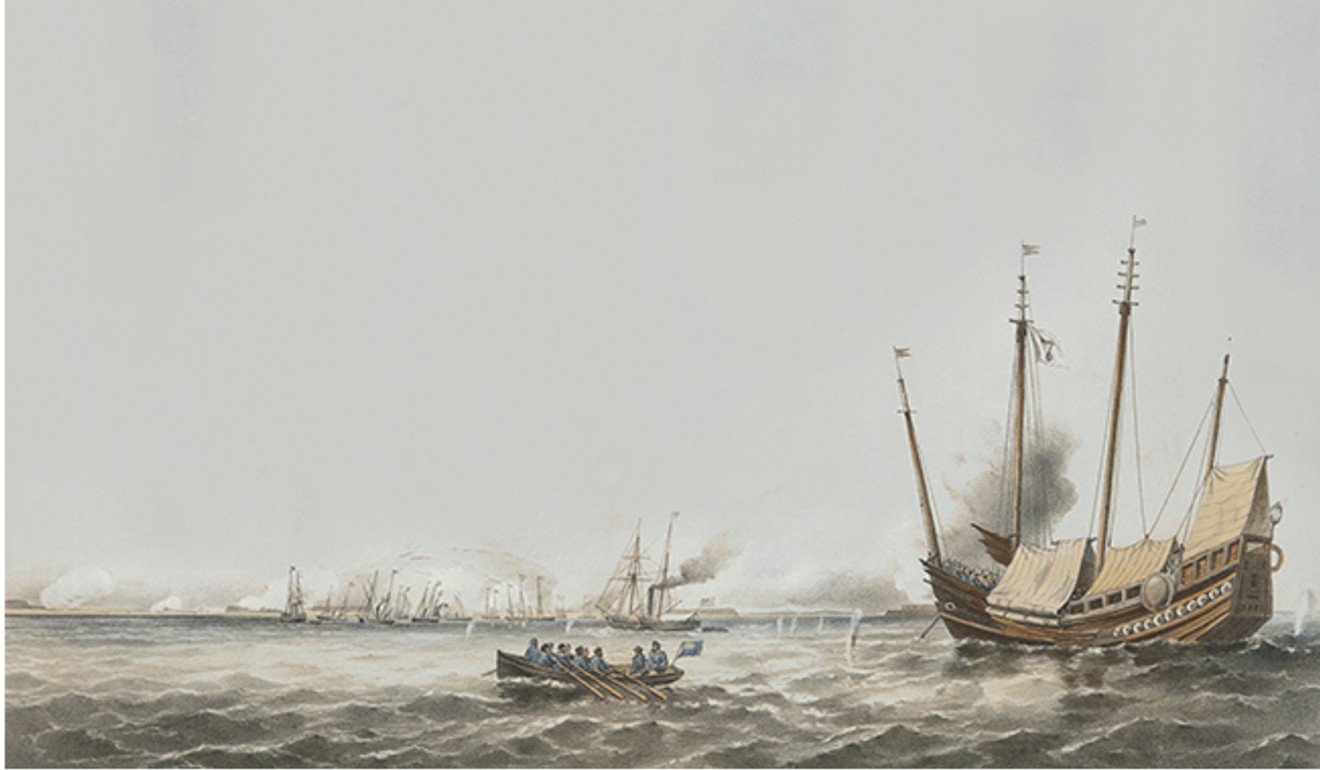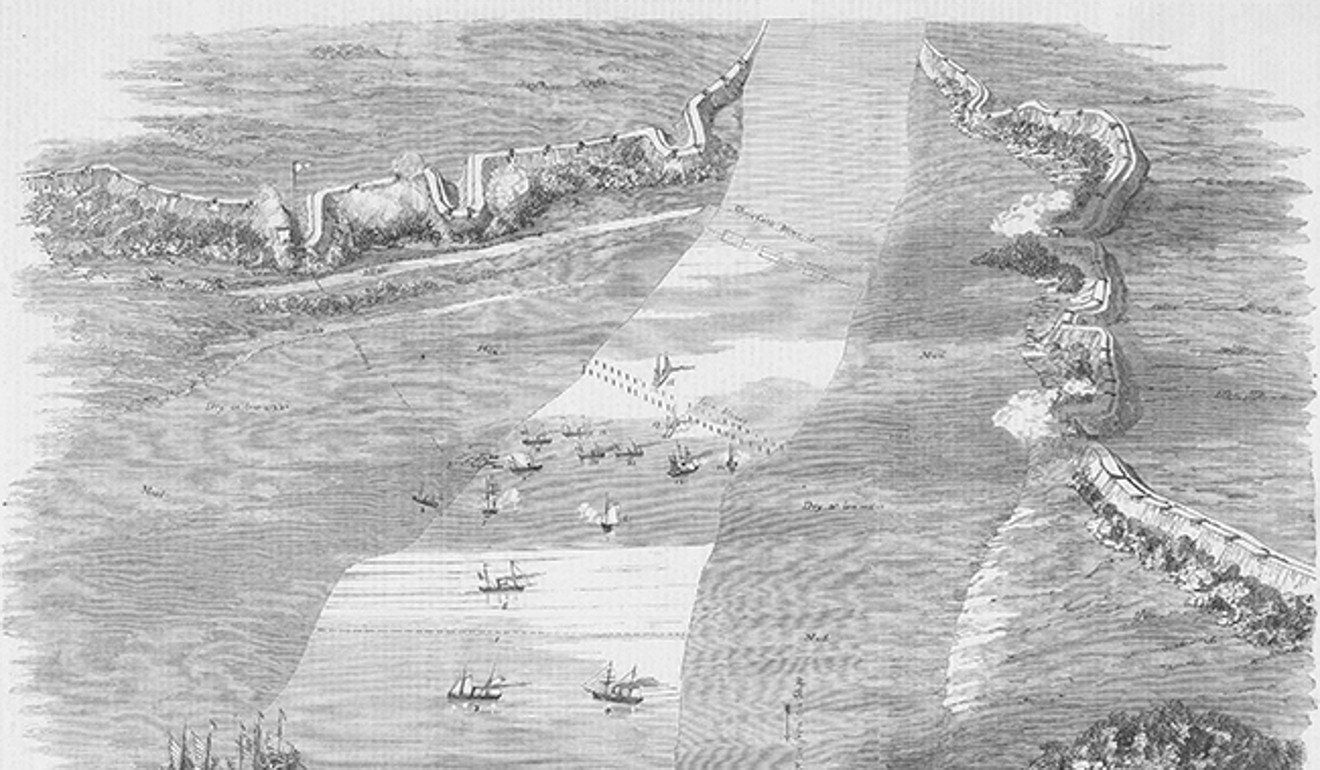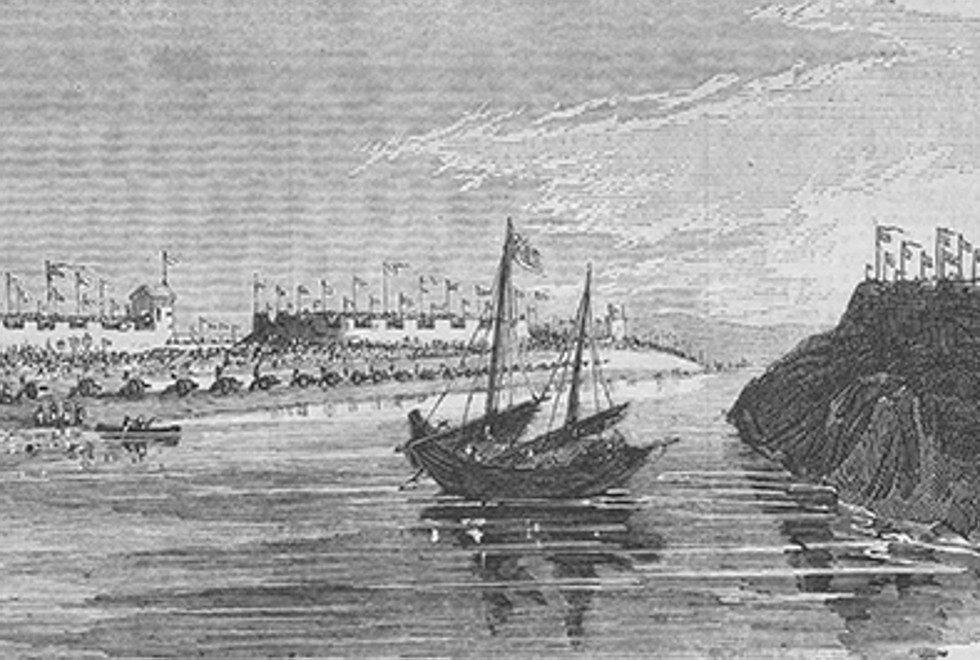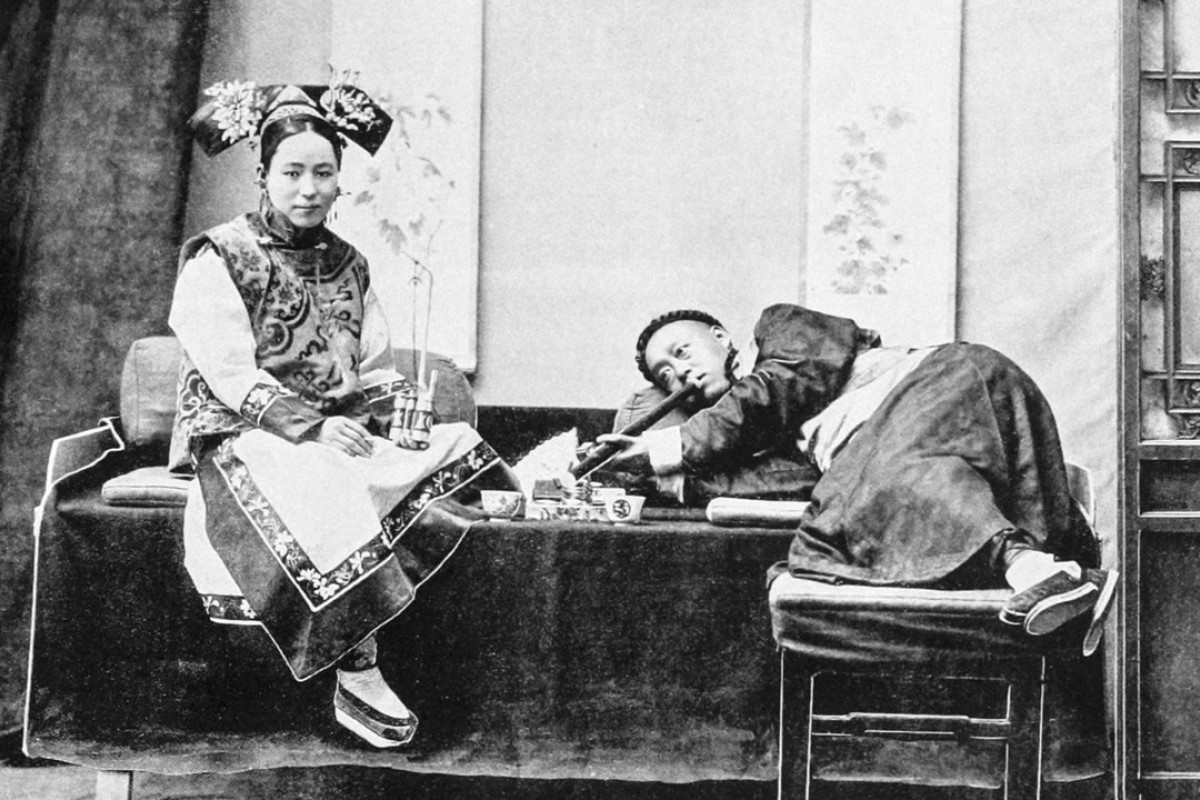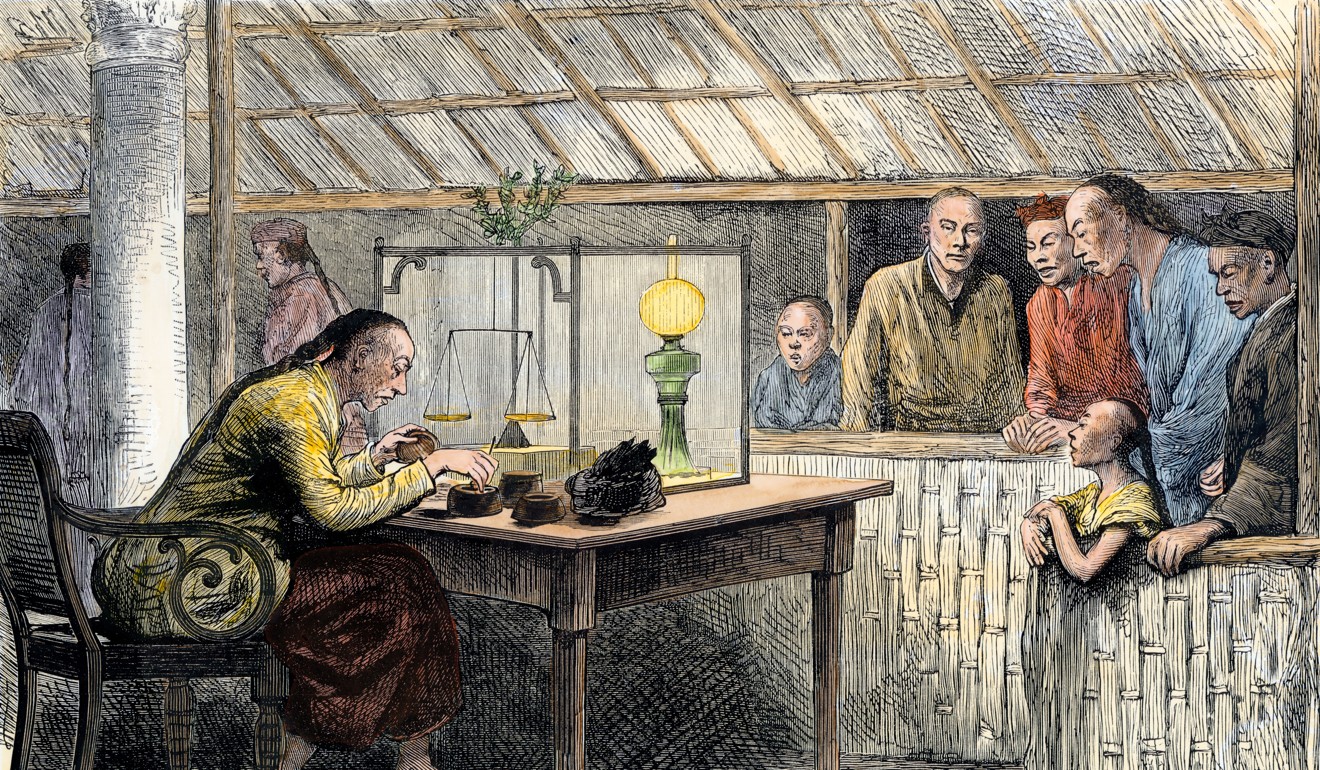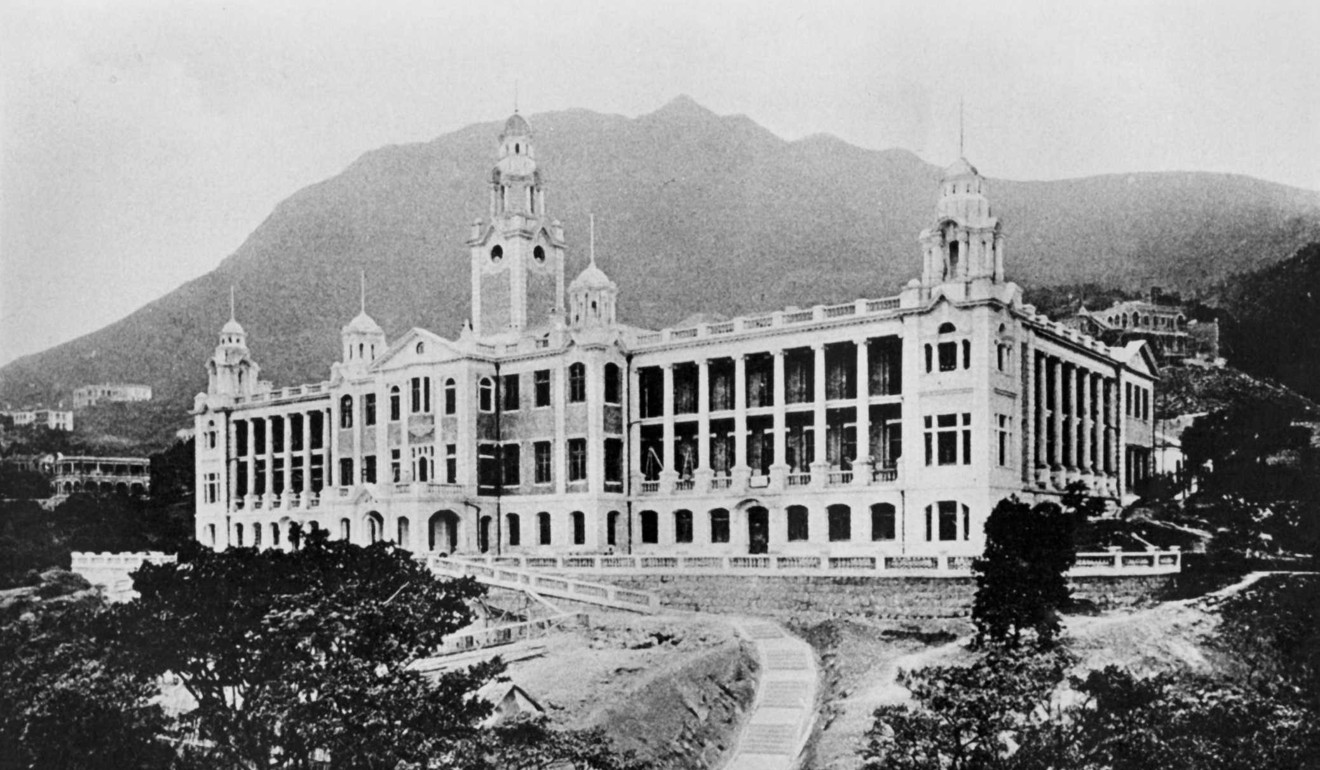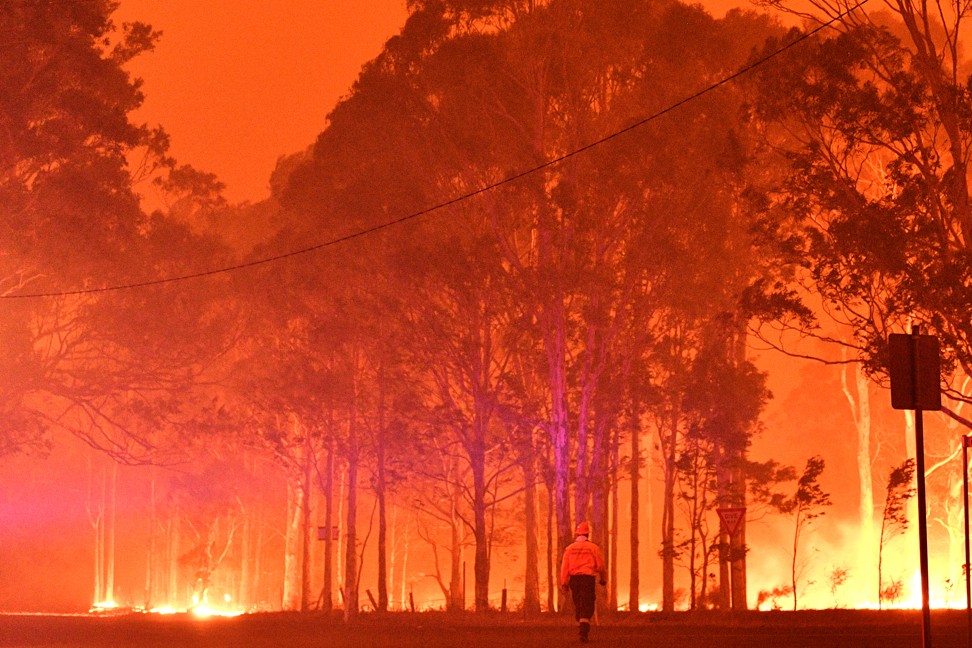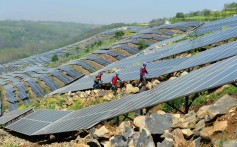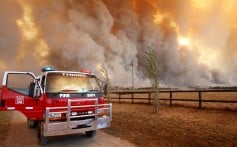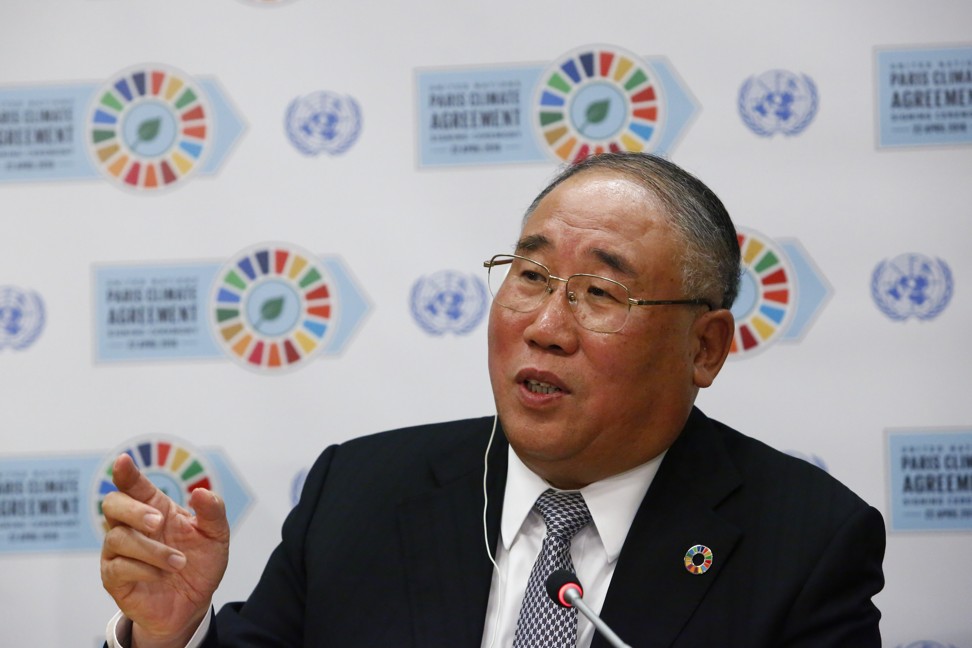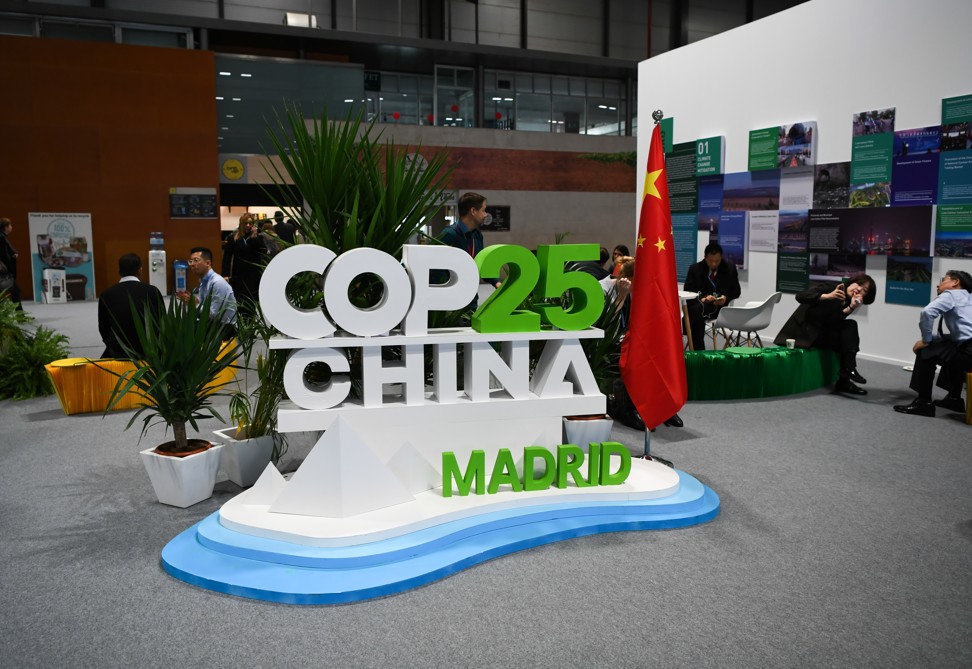The House passed an earthquake relief bill that has yet to be taken up by the Senate. Meanwhile, hundreds wait in tents for aid.
By Catherine Kimcatkim0525@gmail.com Feb 24, 2020
/cdn.vox-cdn.com/uploads/chorus_image/image/66362056/GettyImages_1193896073.0.jpg)
A man rides his bicycle pass by a collapsed house in Guanica, Puerto Rico, on January 15, 2020, after a powerful earthquake hit the island. Ricardo Arduengo/AFP/Getty Images
GUÁNICA, Puerto Rico — Puerto Ricans are still living in tents more than a month after earthquakes hit the southern part of the island on January 7, damaging more than 800 homes.
The earthquakes were devastating for an island still working to rebuild from the damage caused when Hurricane Maria hit in 2017. Earthquake recovery efforts have been slow, frustrating many. To try to speed things up, the House of Representatives passed an emergency aid bill in early February — a bill the Senate does not seem likely to take up.
In part, the bill provides block grants dedicated to reconstruction; without these funds, the southern part of the island faces major delays in long-term recovery. Homes that have crumbled from the quakes will remain piles of debris, and Puerto Ricans will be forced to remain in tent shelters with minimal resources and access to health care.
These tent shelters, which were intended to be temporary, were set up by the Puerto Rican government after a 6.4 magnitude earthquake hit the island, an earthquake that was followed by a series of aftershocks — including a 5.9 magnitude quake just four days after. And the shelters, and those who live in them, remain at the mercy of more difficult to predict quakes: Even now, earthquakes of at least a 3 magnitude continue to shake the shorelines of Puerto Rico daily.
The situation is untenable, which is why the House bill was initially a source of hope for those looking to the federal government for aid. But it now appears no such aid is immediately forthcoming, and Puerto Ricans affected by the earthquakes — lacking a say in federal policy as residents of a US territory — find themselves with little recourse.
Why the House’s Puerto Rico aid bill has stalled in the Senate, briefly explained
The House bill, which passed 237-161 on February 7, allocates $4.7 billion for disaster recovery: $3.26 billion would go toward community development block grants to help long-term reconstruction; $1.25 billion to restore infrastructure; $100 million to restart school operations; $40 million to disaster nutrition assistance; and about $20 million to assist with energy needs. The bill also contains tax breaks to help the island that is struggling with more than $70 billion in debt.
These are all hefty financial promises, considering that only about $1.5 billion of the $20 billion in aid for Hurricane Maria had been released by the end of 2019.
“Our fellow Americans in Puerto Rico need our help,” said House Appropriations Committee Chair Nita Lowey ahead of a vote on the bill. “Unless we step up to the plate right now, we further jeopardize their safety and security. With this bill, we can provide families and communities swift relief and put Puerto Rico on the path to long-term recovery.”:no_upscale()/cdn.vox-cdn.com/uploads/chorus_asset/file/19741215/GettyImages_1192410470.jpg)
GUÁNICA, Puerto Rico — Puerto Ricans are still living in tents more than a month after earthquakes hit the southern part of the island on January 7, damaging more than 800 homes.
The earthquakes were devastating for an island still working to rebuild from the damage caused when Hurricane Maria hit in 2017. Earthquake recovery efforts have been slow, frustrating many. To try to speed things up, the House of Representatives passed an emergency aid bill in early February — a bill the Senate does not seem likely to take up.
In part, the bill provides block grants dedicated to reconstruction; without these funds, the southern part of the island faces major delays in long-term recovery. Homes that have crumbled from the quakes will remain piles of debris, and Puerto Ricans will be forced to remain in tent shelters with minimal resources and access to health care.
These tent shelters, which were intended to be temporary, were set up by the Puerto Rican government after a 6.4 magnitude earthquake hit the island, an earthquake that was followed by a series of aftershocks — including a 5.9 magnitude quake just four days after. And the shelters, and those who live in them, remain at the mercy of more difficult to predict quakes: Even now, earthquakes of at least a 3 magnitude continue to shake the shorelines of Puerto Rico daily.
The situation is untenable, which is why the House bill was initially a source of hope for those looking to the federal government for aid. But it now appears no such aid is immediately forthcoming, and Puerto Ricans affected by the earthquakes — lacking a say in federal policy as residents of a US territory — find themselves with little recourse.
Why the House’s Puerto Rico aid bill has stalled in the Senate, briefly explained
The House bill, which passed 237-161 on February 7, allocates $4.7 billion for disaster recovery: $3.26 billion would go toward community development block grants to help long-term reconstruction; $1.25 billion to restore infrastructure; $100 million to restart school operations; $40 million to disaster nutrition assistance; and about $20 million to assist with energy needs. The bill also contains tax breaks to help the island that is struggling with more than $70 billion in debt.
These are all hefty financial promises, considering that only about $1.5 billion of the $20 billion in aid for Hurricane Maria had been released by the end of 2019.
“Our fellow Americans in Puerto Rico need our help,” said House Appropriations Committee Chair Nita Lowey ahead of a vote on the bill. “Unless we step up to the plate right now, we further jeopardize their safety and security. With this bill, we can provide families and communities swift relief and put Puerto Rico on the path to long-term recovery.”
:no_upscale()/cdn.vox-cdn.com/uploads/chorus_asset/file/19741215/GettyImages_1192410470.jpg)
Father Melvin Diaz Aponte inspects the damage to his church in Guayanilla, Puerto Rico, following January’s 6.4 magnitude earthquake. Eric Rojas/Getty Images
Despite the bill’s passage in the House, it’s unlikely the Senate will take it up, several senators told Vox.
Many cite concerns about Puerto Rico that mirror those held by the White House, namely, that Puerto Rico has a history of corruption and mismanagement. And while the fairness of that characterization is easily debatable, it is true that some of the island’s officials have been accused of mismanaging resources: Several cabinet members, for example, were fired by the governor after a warehouse full of supplies for Hurricane Maria was found untouched in January.
“Puerto Rico has a long history of inadequate financial controls over regular government operations, which forced the Congress to appoint a financial control board in 2016,” a spokesperson for the White House Office of Management and Budget said in early February. “Multiple high-profile cases of corruption have marred distribution of aid already appropriated and have led to ongoing political instability on the island.”
This stance led the White House to say President Donald Trump would veto the House bill if it were to pass in the Senate.
Despite this, there are some senators who have signaled a willingness to pass aid legislation. Most recently, Sen. Marco Rubio (R-FL) announced he’d spearhead a new, bipartisan aid bill — although it remains unclear what it will look like or how it will be different from the House version.
#PuertoRico needs more help after the recent earthquakes added to its already existing challenges.
From my role on the Senate Appropriations Committee we will work on an aid plan that can pass in both the Senate & the House & be signed by the President.— Marco Rubio (@marcorubio) February 10, 2020
“I hope the Senate will do its own disaster relief for Puerto Rico,” Rubio wrote in a statement to Vox. “I’ve already talked with Chairman Shelby, who is the chairman of the spending committee. He agrees we want to do something here. We’re going to be working on coming up with a spending plan for Puerto Rico aid that can pass the House, pass the Senate, and the President will sign.”
The question, however, is whether there is any bill the president would sign.
Earthquake victims’ quality of life is harmed by the aid delay
Another White House criticism of the House legislation is that it was passed too quickly. The reality, however, is that the people affected by the earthquakes have already been waiting too long for adequate aid, Helga Maldonado, regional director of Escape — a nonprofit organization that works to prevent child and domestic abuse in Puerto Rico — told Vox.
Maldonado and Escape have been working on the ground to provide food, sanitary supplies, and psychological support to earthquake areas. Increasingly, the burden of recovery has fallen on the shoulders of citizens like Maldonado as Puerto Ricans wait for more substantial federal aid than they have received so far.
Here in the city of Guánica, the epicenter of the earthquakes, at least 350 people have been living in tents provided by the government for the past month. Inside the white tents that flap in the wind, people sleep on cots and store their few belongings in plastic boxes. A single medical tent is stationed at the entrance of the shelter, with a handful of quarantine tents lined up next to it. Religious groups and nonprofits regularly set up tents on the edge of the encampment, providing over-the-counter medicine, sanitary products, water, and other necessities.
Despite the bill’s passage in the House, it’s unlikely the Senate will take it up, several senators told Vox.
Many cite concerns about Puerto Rico that mirror those held by the White House, namely, that Puerto Rico has a history of corruption and mismanagement. And while the fairness of that characterization is easily debatable, it is true that some of the island’s officials have been accused of mismanaging resources: Several cabinet members, for example, were fired by the governor after a warehouse full of supplies for Hurricane Maria was found untouched in January.
“Puerto Rico has a long history of inadequate financial controls over regular government operations, which forced the Congress to appoint a financial control board in 2016,” a spokesperson for the White House Office of Management and Budget said in early February. “Multiple high-profile cases of corruption have marred distribution of aid already appropriated and have led to ongoing political instability on the island.”
This stance led the White House to say President Donald Trump would veto the House bill if it were to pass in the Senate.
Despite this, there are some senators who have signaled a willingness to pass aid legislation. Most recently, Sen. Marco Rubio (R-FL) announced he’d spearhead a new, bipartisan aid bill — although it remains unclear what it will look like or how it will be different from the House version.
#PuertoRico needs more help after the recent earthquakes added to its already existing challenges.
From my role on the Senate Appropriations Committee we will work on an aid plan that can pass in both the Senate & the House & be signed by the President.— Marco Rubio (@marcorubio) February 10, 2020
“I hope the Senate will do its own disaster relief for Puerto Rico,” Rubio wrote in a statement to Vox. “I’ve already talked with Chairman Shelby, who is the chairman of the spending committee. He agrees we want to do something here. We’re going to be working on coming up with a spending plan for Puerto Rico aid that can pass the House, pass the Senate, and the President will sign.”
The question, however, is whether there is any bill the president would sign.
Earthquake victims’ quality of life is harmed by the aid delay
Another White House criticism of the House legislation is that it was passed too quickly. The reality, however, is that the people affected by the earthquakes have already been waiting too long for adequate aid, Helga Maldonado, regional director of Escape — a nonprofit organization that works to prevent child and domestic abuse in Puerto Rico — told Vox.
Maldonado and Escape have been working on the ground to provide food, sanitary supplies, and psychological support to earthquake areas. Increasingly, the burden of recovery has fallen on the shoulders of citizens like Maldonado as Puerto Ricans wait for more substantial federal aid than they have received so far.
Here in the city of Guánica, the epicenter of the earthquakes, at least 350 people have been living in tents provided by the government for the past month. Inside the white tents that flap in the wind, people sleep on cots and store their few belongings in plastic boxes. A single medical tent is stationed at the entrance of the shelter, with a handful of quarantine tents lined up next to it. Religious groups and nonprofits regularly set up tents on the edge of the encampment, providing over-the-counter medicine, sanitary products, water, and other necessities.
:no_upscale()/cdn.vox-cdn.com/uploads/chorus_asset/file/19740879/GettyImages_1193798685.jpg)
Puerto Ricans rest in a tent shelter in a baseball stadium parking lot in Yauco, Puerto Rico, waiting on aid after a powerful earthquake hit the island. Ricardo Arduengo/AFP/Getty Images
FEMA has provided some aid to those affected by the earthquakes: As of January 16, the agency granted 7,573 applications and approved about $17 million for individual and household assistance programs. In a statement to Vox, FEMA also noted that each individual received an average amount of about $2,290.
Maldonado, however, tells a different story. So far, she said she’s seen most FEMA grant recipients receive between $500 to $600 — nowhere near enough money to rebuild a house. Those who feel they should have received more can file an appeal, but to do so, they have to pay a structural engineer out-of-pocket to check the state of their homes — a service that could cost up to $1,500.
And while Congress delays on providing additional aid to Puerto Rico, the people in these shelters simply spend their time waiting, including 49-year-old fisher Marcos A. Villa Lassala.
He’s said he’s trying to be patient, but he never anticipated living in a tent for this long. He wears a wristband that indicates his house has experienced some damage (green means little to no damage, yellow means mild damage, and red means unlivable conditions), and says the walls in his house are cracked and the balcony fell. Engineers sent by the government told him that his house was safe to live in, but given the structural damage the building suffered, he strongly doubts the evaluation.
“I thought I was going to receive help a lot quicker,” he said. “And even when I do receive any sort of financial help, I have to be slow to rebuild because I have to make sure that all the quakes are over and done with because there’s no point in building a home if it’s just going to come right back down.”
Though he finished filing paperwork right after the first waves of earthquakes, he’s yet to receive money from FEMA — and anticipates that a $500 check won’t be nearly enough to begin repairs. Although he understands bureaucracy is delaying the government’s response, he said he wished the aid process “was based on the people and what the people need.”
FEMA has provided some aid to those affected by the earthquakes: As of January 16, the agency granted 7,573 applications and approved about $17 million for individual and household assistance programs. In a statement to Vox, FEMA also noted that each individual received an average amount of about $2,290.
Maldonado, however, tells a different story. So far, she said she’s seen most FEMA grant recipients receive between $500 to $600 — nowhere near enough money to rebuild a house. Those who feel they should have received more can file an appeal, but to do so, they have to pay a structural engineer out-of-pocket to check the state of their homes — a service that could cost up to $1,500.
And while Congress delays on providing additional aid to Puerto Rico, the people in these shelters simply spend their time waiting, including 49-year-old fisher Marcos A. Villa Lassala.
He’s said he’s trying to be patient, but he never anticipated living in a tent for this long. He wears a wristband that indicates his house has experienced some damage (green means little to no damage, yellow means mild damage, and red means unlivable conditions), and says the walls in his house are cracked and the balcony fell. Engineers sent by the government told him that his house was safe to live in, but given the structural damage the building suffered, he strongly doubts the evaluation.
“I thought I was going to receive help a lot quicker,” he said. “And even when I do receive any sort of financial help, I have to be slow to rebuild because I have to make sure that all the quakes are over and done with because there’s no point in building a home if it’s just going to come right back down.”
Though he finished filing paperwork right after the first waves of earthquakes, he’s yet to receive money from FEMA — and anticipates that a $500 check won’t be nearly enough to begin repairs. Although he understands bureaucracy is delaying the government’s response, he said he wished the aid process “was based on the people and what the people need.”
When the government fails, it’s the community that has to step up
The people of Puerto Rico are no strangers to the government’s delay in helping post-natural disasters. Following Hurricane Maria, some communities were left without electricity for almost a year because a long-neglected power grid took a particularly hard blow.
And the island has only recently received more than a small fraction of the $20 billion approved by Congress for long-term Maria recovery. (The Department of Housing and Urban Development finally lifted an $8 billion hold on disaster aid last month.)
That delay has meant delays in rebuilding. For instance, more than 850,000 households experienced damage to their home structure due to Maria — and about 30,000 families still live under makeshift blue tarp roofs two years after the hurricane.
The delays in Hurricane Maria aid meant community organizers knew that they had to prepare for future disasters, Maldonado said. Escape was ready when the earthquakes hit: following Hurricane Maria, the organization steadily began to collect canned goods in a warehouse, preparing a makeshift food pantry.
Preparations like these meant that when the earthquakes came, those in need could immediately receive the sort of aid seen in the viral videos of ordinary Puerto Ricans driving to the southern part of the island to deliver supplies such as food and water.
This day was dominated by Samaritans who gathered supplies, left their homes and headed into the earthquake affected zones to hand out what they could. We saw them everywhere along the southwestern coast. pic.twitter.com/6MGYumlMjb— David Begnaud (@DavidBegnaud) January 12, 2020
But while the people may have learned from the tragedies of 2017, Maldonado said the government has failed to learn from its mistakes.
“It’s frustrating because the response didn’t change,” she said. “You think that it’s the logical [response] to start preparing themselves for something else seeing that they weren’t able to respond to Maria, but it’s really sad to see that the government has been benefiting from this state of emergency. They’re filling up their pockets and in a way dancing on the pain of other people.”
The unity among Puerto Ricans is inspiring — but equally frustrating — because this responsibility shouldn’t lie on the shoulders of ordinary citizens, according to Patricia Matos López, a community organizer with the group Bici-Caño.
“The government always tells the people ‘We are going to help you, give you the funds,’ but it never comes,” she said. “You need to move, contact organizations and get the help to the people. Be real — not for the money, not for the votes. Be real and give us the help we need.”
:no_upscale()/cdn.vox-cdn.com/uploads/chorus_asset/file/19741209/GettyImages_1192412406.jpg)
A man in Guánica crosses a field of rubble created by a building torn apart by January’s 6.4 magnitude earthquake. Alejandro Granadillo/Anadolu Agency/Getty Images
Internal reports from FEMA reveal that the agency acknowledges it failed the people of Puerto Rico, especially after Hurricane Maria. According to one report, FEMA emergency-supply warehouses around the island were nearly empty prior to the hurricane, and the agency had not held a disaster planning assessment since 2012.
This time around, FEMA has said it has learned from the mistakes of the past and “remains committed to supporting the government of Puerto Rico with its ongoing recovery efforts from Hurricanes Irma and Maria and to helping people before, during and after disasters.”
Activists, however, say that more needs to be done — especially because an unfair mental burden falls upon organizers, who are often also victims of the natural disasters, when the agency fails.
Maldonado said she’s personally had to deal with the layers of trauma caused by both being victim and a caretaker of others. Although her house survived the earthquake, she said she was disheartened to see the destroyed buildings in her town of Yauco. She told Vox she hasn’t been able to personally visit the tent shelters in Yauco yet because she’s not mentally or physically ready, but she’s taking “baby steps” to prepare herself.
Maldonado, however, said she and other community organizers will continue their work because the government has given her no other choice, adding that Hurricane Maria and the recent earthquakes have made it clear that people in the community can only count on each other.
Internal reports from FEMA reveal that the agency acknowledges it failed the people of Puerto Rico, especially after Hurricane Maria. According to one report, FEMA emergency-supply warehouses around the island were nearly empty prior to the hurricane, and the agency had not held a disaster planning assessment since 2012.
This time around, FEMA has said it has learned from the mistakes of the past and “remains committed to supporting the government of Puerto Rico with its ongoing recovery efforts from Hurricanes Irma and Maria and to helping people before, during and after disasters.”
Activists, however, say that more needs to be done — especially because an unfair mental burden falls upon organizers, who are often also victims of the natural disasters, when the agency fails.
Maldonado said she’s personally had to deal with the layers of trauma caused by both being victim and a caretaker of others. Although her house survived the earthquake, she said she was disheartened to see the destroyed buildings in her town of Yauco. She told Vox she hasn’t been able to personally visit the tent shelters in Yauco yet because she’s not mentally or physically ready, but she’s taking “baby steps” to prepare herself.
Maldonado, however, said she and other community organizers will continue their work because the government has given her no other choice, adding that Hurricane Maria and the recent earthquakes have made it clear that people in the community can only count on each other.
---30---


